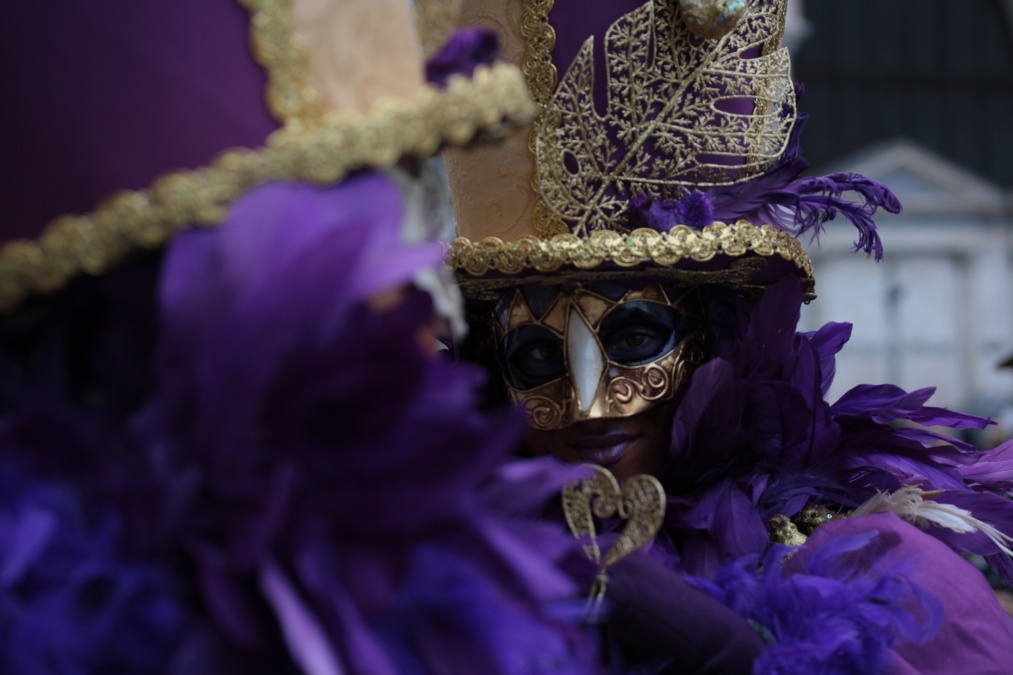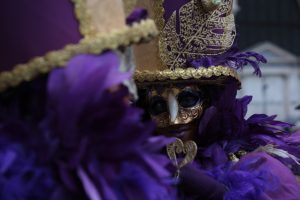Last year, BigThink ran Molly Hanson’s article on the non-Christian roots of several Roman Catholic practices. This of course should not be surprising as every religion has roots in earlier faiths and also is influenced by other contemporary religions. The article begins:
“By the fourth century, the Christian Church had established itself as the official faith of the Roman Empire through a successful grassroots campaign to dominate, and almost exterminate, paganism. But did it?
“In reality, the early Church had to merge itself with pagan practices and beliefs in order to blend into Roman society. In the rites and symbols of the Roman Catholic Church, we can find surviving, though rebranded, pre-Christian myths, deities, festivals, and rituals. Here are three Catholic practices that can be traced back to ancient pagan religions and cults.”
Read the whole article:
https://bigthink.com/the-present/pagan-roots-of-catholicism/.
I will point out that the Christian Church was not seeking to establish itself as the official faith of the Roman Empire – the non-Christian Emperor Constantine first ended the official state persecution of Christians; this after the three co-Emperor’s he ruled with were eliminated. It wasn’t until In 380 AD, that the Emperor Theodosius made Nicene Christianity, the official religion of the Roman Empire.
I’ll also note that Protestant authors have regularly pointed out the non-Christian elements of Catholic ritual and belief with such lurid tomes as “Foot Prints of Satan” by Rev. Hollis Read.



Even as their numbers decline, American Christians – like the U.S. population as a whole – are becoming more racially and ethnically diverse. Non-Hispanic whites now account for smaller shares of evangelical Protestants, mainline Protestants and Catholics than they did seven years earlier, while Hispanics have grown as a share of all three religious groups. Racial and ethnic minorities now make up 41% of Catholics (up from 35% in 2007), 24% of evangelical Protestants (up from 19%) and 14% of mainline Protestants (up from 9%). Religious intermarriage also appears to be on the rise: Among Americans who have gotten married since 2010, nearly four-in-ten (39%) report that they are in religiously mixed marriages, compared with 19% among those who got married before 1960.